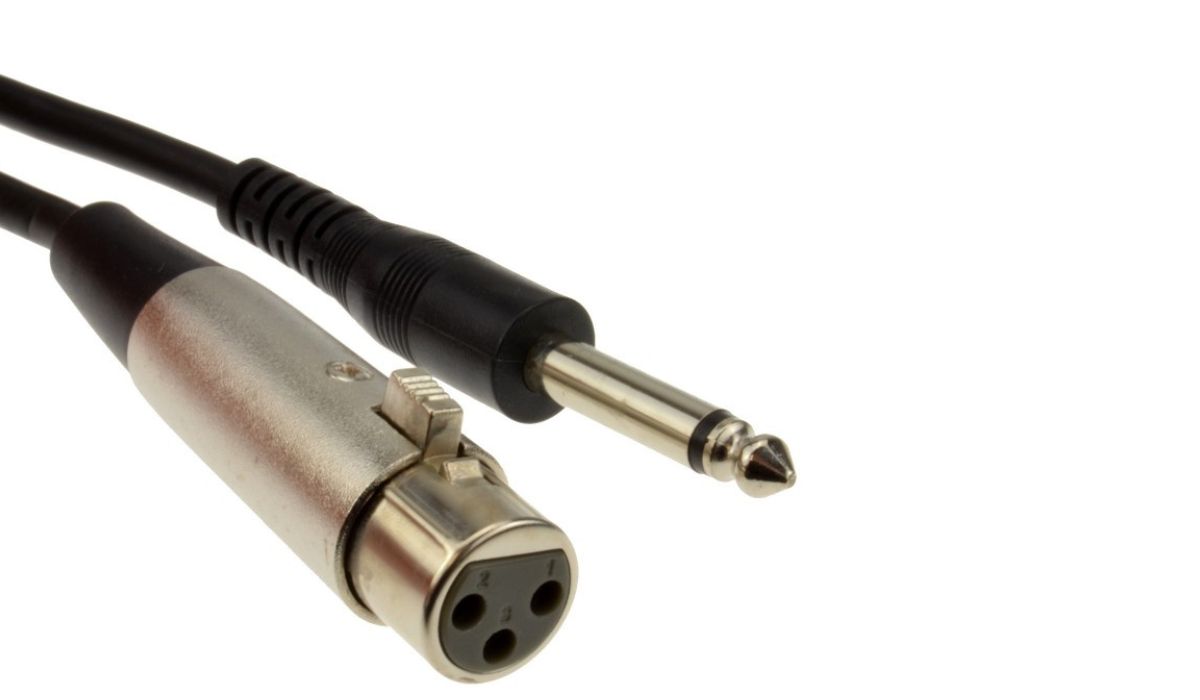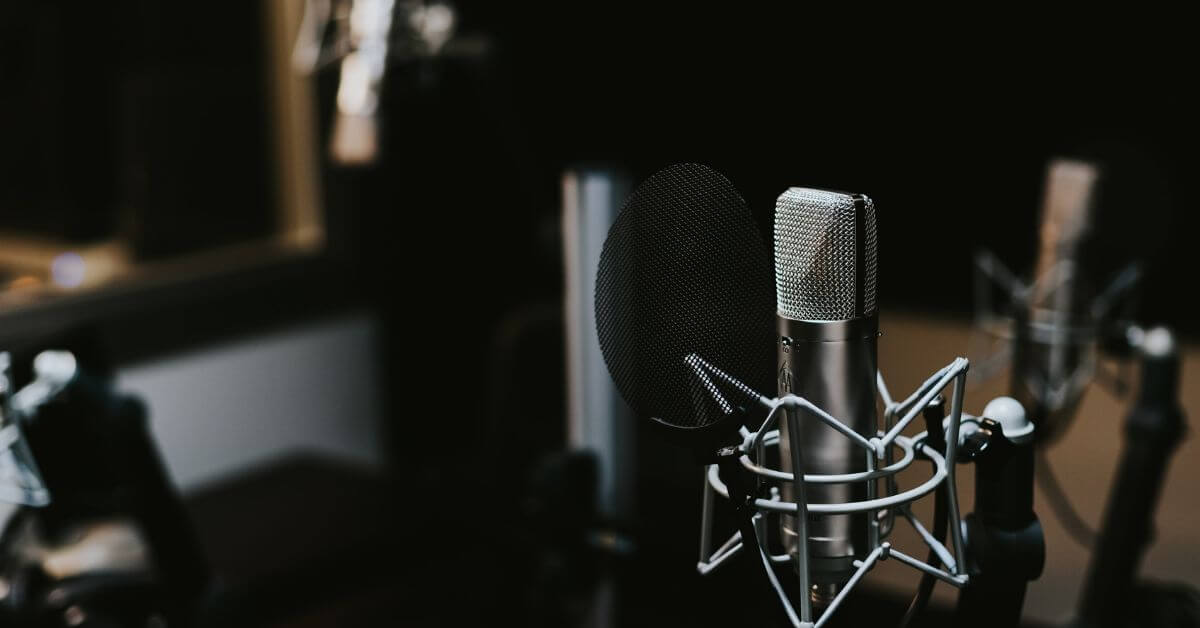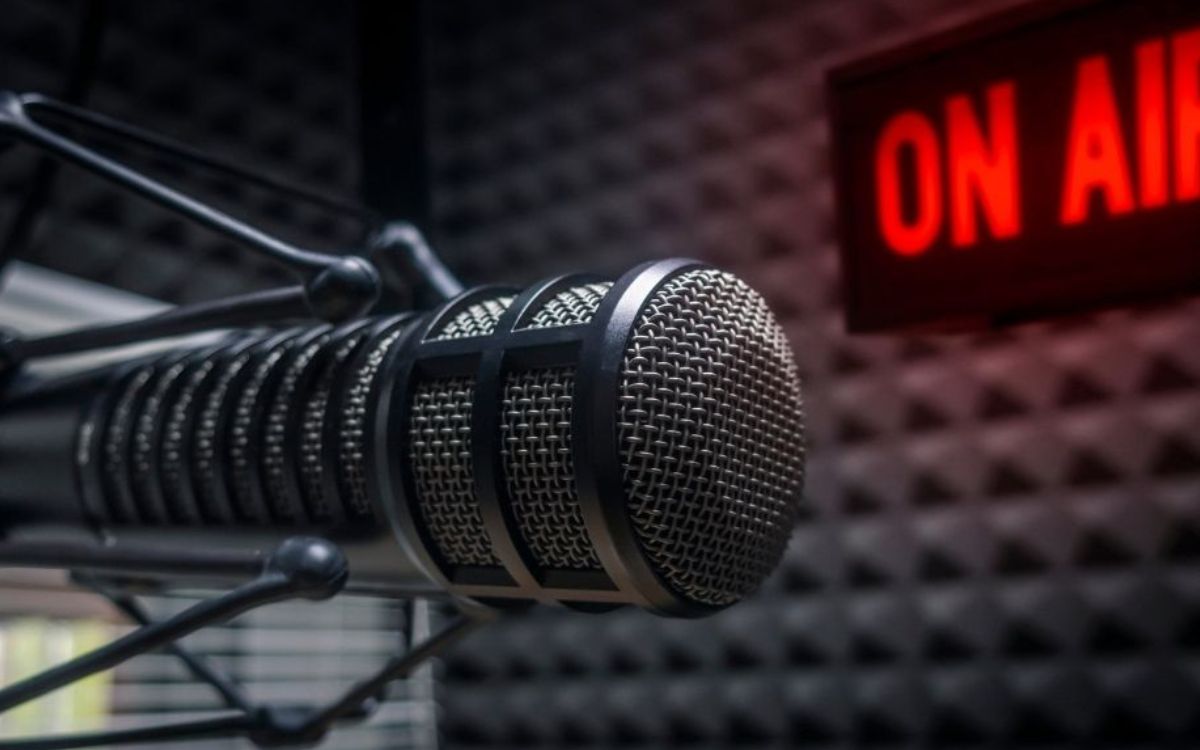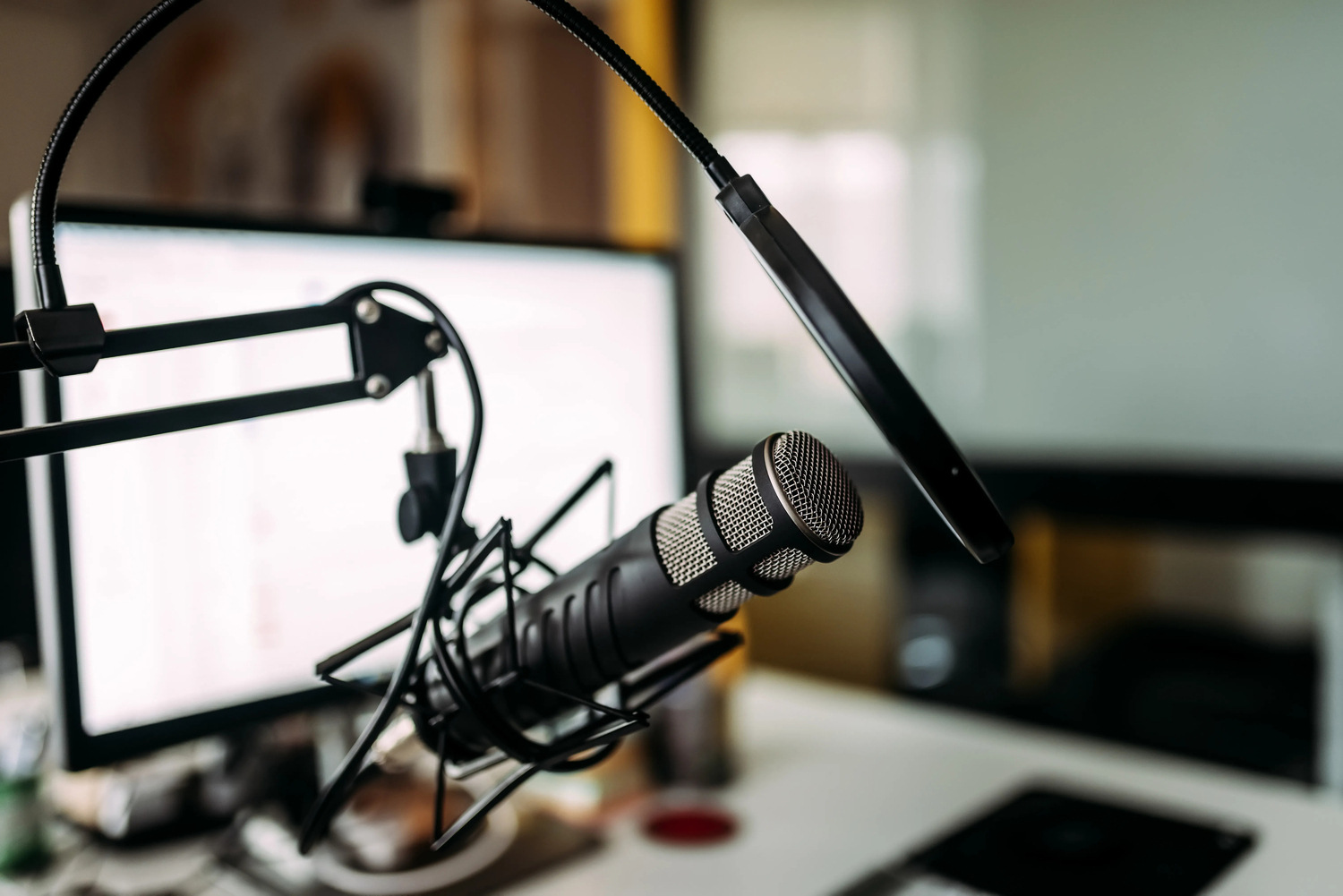Home>Devices & Equipment>Microphone>What Is A Unidirectional Microphone
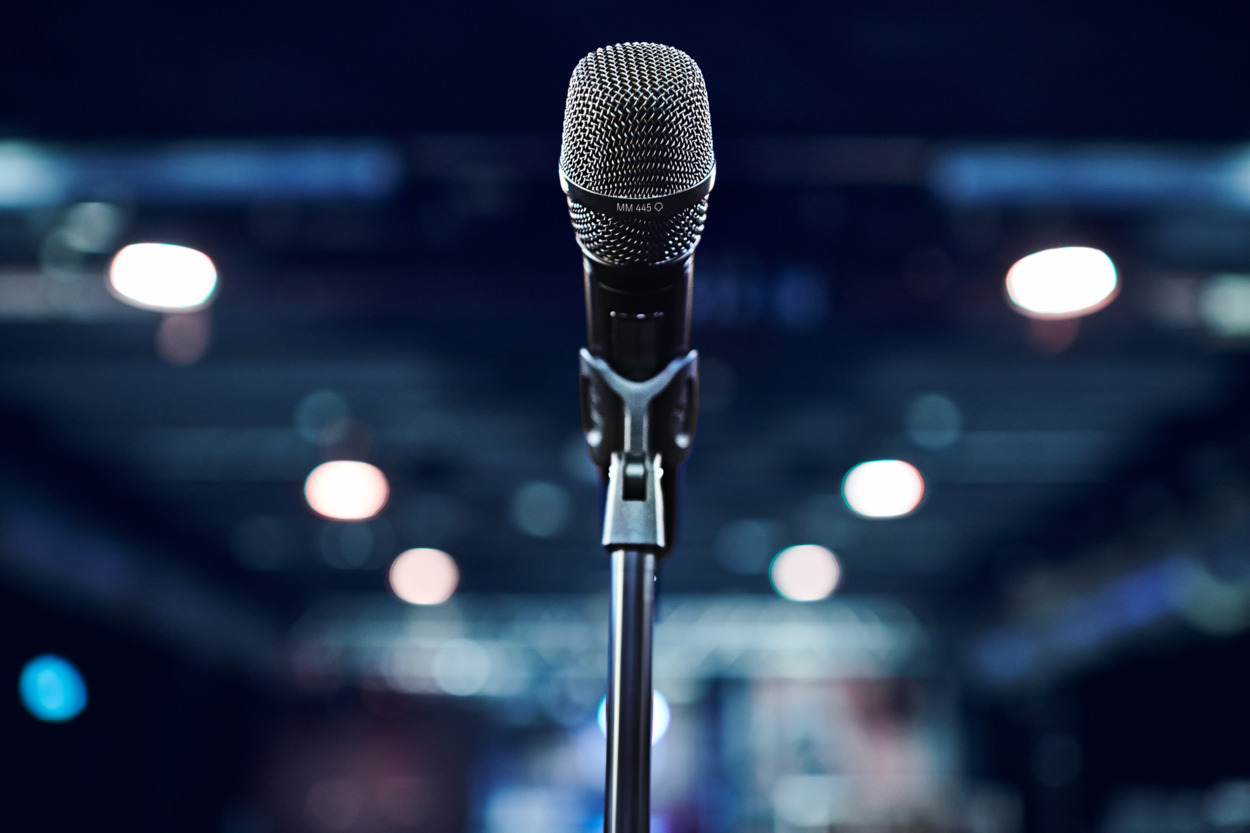

Microphone
What Is A Unidirectional Microphone
Modified: March 12, 2024
Learn about the benefits and uses of unidirectional microphones. Find out how these microphones can improve your sound recording and performance. Discover the advantages of using a unidirectional microphone.
(Many of the links in this article redirect to a specific reviewed product. Your purchase of these products through affiliate links helps to generate commission for AudioLover.com, at no extra cost. Learn more)
Table of Contents
Introduction
Introduction
Unidirectional microphones are a crucial tool in the world of audio recording and live sound reinforcement. These specialized microphones are designed to capture sound from a specific direction while minimizing background noise and feedback. Whether used in professional studio settings, live performances, or for recording podcasts and videos, unidirectional microphones offer numerous advantages that cater to diverse audio needs.
Unidirectional microphones, also known as cardioid microphones, are engineered to pick up sound primarily from one direction, making them ideal for situations where isolating the desired sound source is essential. Understanding the functionality, types, advantages, and applications of unidirectional microphones is valuable for anyone involved in audio production, from beginners to seasoned professionals.
In this comprehensive guide, we will delve into the inner workings of unidirectional microphones, explore the various types available, discuss their advantages and disadvantages, and examine their wide-ranging applications. By the end of this article, you will have a deeper understanding of the significance of unidirectional microphones and how they contribute to achieving high-quality audio recordings and live sound experiences.
How Does a Unidirectional Microphone Work?
How Does a Unidirectional Microphone Work?
Unidirectional microphones employ a unique design to capture sound primarily from one direction while minimizing the pickup of off-axis noise. The most common type of unidirectional microphone is the cardioid microphone, named for its heart-shaped pickup pattern. This pattern allows the microphone to focus on sound sources in front of it while attenuating sound from the sides and rear.
The key to the unidirectional microphone’s directional sensitivity lies in its internal construction. It typically features a single dynamic or condenser element that is positioned at the end of a tubular body. This element is equipped with an acoustic labyrinth or ports that create phase differences in sound arrival time, enabling the microphone to discriminate against off-axis sound waves.
Furthermore, unidirectional microphones often incorporate an acoustic baffle or chamber behind the diaphragm to absorb sound arriving from the rear, further enhancing their directionality. This design effectively isolates the desired sound source, making unidirectional microphones an excellent choice for live performances, studio recordings, and outdoor applications where ambient noise reduction is crucial.
When sound waves enter the front of a unidirectional microphone, they interact with the diaphragm, causing it to vibrate and convert the acoustic energy into electrical signals. These signals are then transmitted through the microphone’s output, such as an XLR or USB connector, to an audio interface, mixer, or recording device for further processing and amplification.
By understanding the inner workings of unidirectional microphones, audio engineers and content creators can leverage their directional capabilities to achieve clear, focused sound capture in a wide range of environments. Whether used for vocals, instruments, or ambient recordings, the precision and control offered by unidirectional microphones make them indispensable tools for capturing high-quality audio.
Types of Unidirectional Microphones
Types of Unidirectional Microphones
Unidirectional microphones come in various types, each offering unique characteristics tailored to specific recording and performance needs. While cardioid microphones are the most prevalent in this category, several subtypes provide additional versatility for capturing sound in different scenarios.
1. Cardioid Microphones: These are the most common type of unidirectional microphones, featuring a heart-shaped pickup pattern that focuses on sound from the front while attenuating off-axis noise from the sides and rear. Cardioid microphones are widely used for live vocals, instrument recordings, and studio applications due to their excellent feedback rejection and isolation capabilities.
2. Supercardioid and Hypercardioid Microphones: These variations of the cardioid microphone offer even greater directionality, with narrower pickup angles and increased rejection of off-axis sound. Supercardioid and hypercardioid microphones are popular for capturing isolated sound sources in noisy environments, such as on-stage performances and field recordings.
3. Shotgun Microphones: Designed with an extremely narrow pickup pattern, shotgun microphones excel at capturing distant sound sources with exceptional focus. They are commonly used in film and television production, particularly for capturing dialogue and ambiance in outdoor settings where background noise must be minimized.
4. Boundary Microphones: Also known as boundary layer or PZM (pressure zone microphone) microphones, these devices are designed to be placed on flat surfaces, such as tables or walls, to capture sound with a hemispherical pickup pattern. Boundary microphones are favored for conference rooms, stage productions, and recording applications where unobtrusive, omnidirectional pickup is desired.
5. Combination Microphones: Some microphones feature switchable polar patterns, allowing users to toggle between cardioid, omnidirectional, and figure-8 patterns. These versatile microphones provide flexibility for various recording scenarios, making them suitable for multi-purpose studio use and diverse sound capture requirements.
Understanding the characteristics and applications of these different types of unidirectional microphones empowers audio professionals and enthusiasts to choose the most suitable microphone for specific recording or live sound reinforcement tasks. By leveraging the unique attributes of each type, individuals can achieve optimal audio quality and clarity in diverse environments and creative endeavors.
Advantages of Using Unidirectional Microphones
Advantages of Using Unidirectional Microphones
Unidirectional microphones offer a host of advantages that make them indispensable tools for a wide range of audio recording and live sound applications. Their unique directional sensitivity and specialized design contribute to superior sound capture and enhanced performance in various environments. Here are several key advantages of using unidirectional microphones:
- Isolation of Desired Sound Source: Unidirectional microphones excel at isolating the primary sound source while minimizing the pickup of ambient noise and off-axis sound. This capability is particularly valuable in live performance settings, studio recordings, and outdoor environments where clarity and focus are essential.
- Reduced Feedback Potential: The directional nature of unidirectional microphones, especially cardioid and supercardioid types, helps mitigate the risk of feedback in live sound reinforcement scenarios. By rejecting sound from the rear and sides, these microphones contribute to a more stable and feedback-resistant audio system.
- Enhanced Gain Before Feedback: Unidirectional microphones allow for higher gain levels before encountering feedback compared to omnidirectional microphones. This characteristic is advantageous in challenging acoustic environments, enabling clearer amplification of sound without disruptive feedback loops.
- Improved Off-Axis Rejection: Unidirectional microphones exhibit superior off-axis rejection, meaning they are less sensitive to sound coming from directions other than the intended source. This feature enhances the clarity and intelligibility of recorded or amplified sound by minimizing unwanted environmental noise.
- Versatile Applications: From vocal performances and instrument recordings to field capture and broadcast production, unidirectional microphones find diverse applications across the audio industry. Their adaptability and specialized characteristics make them suitable for a wide array of creative and technical endeavors.
By harnessing these advantages, audio professionals, content creators, and performers can elevate the quality and impact of their audio productions, whether in the studio, on stage, or in outdoor settings. The focused, noise-rejecting capabilities of unidirectional microphones contribute to clearer, more immersive sound experiences, enriching the creative and technical aspects of audio recording and reinforcement.
Disadvantages of Using Unidirectional Microphones
Disadvantages of Using Unidirectional Microphones
While unidirectional microphones offer numerous benefits, they also have certain limitations and considerations that audio professionals and enthusiasts should be mindful of when selecting and using these specialized microphones. Understanding the potential drawbacks of unidirectional microphones is essential for making informed decisions and optimizing their performance in various recording and sound reinforcement scenarios. Here are some key disadvantages to consider:
- Narrower Pickup Area: Unidirectional microphones, particularly those with supercardioid and hypercardioid patterns, have a narrower pickup area compared to omnidirectional microphones. This limited coverage may require more precise positioning and monitoring to ensure consistent sound capture, especially in dynamic performance settings.
- Increased Sensitivity to Handling Noise: Due to their directional nature, unidirectional microphones can be more sensitive to handling noise and mechanical vibrations. Care must be taken to minimize physical disturbances during recording or live use, as these microphones may pick up unintended sounds when moved or adjusted.
- Less Natural Ambient Sound Capture: Unidirectional microphones, by design, prioritize the isolation of the primary sound source, which can result in reduced pickup of ambient or environmental sounds. While this can be advantageous for focused recordings, it may limit the capture of natural room reverberation and spatial acoustics in certain applications.
- Challenging Group or Ensemble Recording: When capturing multiple sound sources simultaneously, such as a choir, ensemble performance, or group discussion, the directional nature of unidirectional microphones may require strategic placement and coordination to ensure balanced and comprehensive audio coverage.
- Higher Sensitivity to Plosives and Sibilance: Unidirectional microphones, especially those used for vocal recording, can exhibit increased sensitivity to plosive sounds (such as “p” and “b” sounds) and sibilant consonants (such as “s” and “sh” sounds). This necessitates the use of pop filters and proper microphone technique to mitigate these issues.
By acknowledging these potential disadvantages, audio professionals and enthusiasts can effectively navigate the nuances of using unidirectional microphones in diverse recording and sound reinforcement contexts. While these limitations exist, they can be addressed through thoughtful microphone selection, placement, and technique, ensuring that the benefits of unidirectional microphones are maximized while mitigating their inherent challenges.
Applications of Unidirectional Microphones
Applications of Unidirectional Microphones
Unidirectional microphones are versatile tools with a wide range of applications across the audio industry, from professional studio recordings to live sound reinforcement and field capture. Their directional sensitivity and specialized characteristics make them indispensable for capturing clear, focused audio in diverse environments and creative endeavors. Here are several key applications of unidirectional microphones:
- Live Music Performances: Unidirectional microphones, particularly cardioid and supercardioid types, are commonly used for live vocal performances, instrument amplification, and drum kit miking. Their ability to isolate sound sources and minimize feedback makes them essential for delivering clear, impactful audio in concert settings and on stage.
- Studio Recordings: In professional recording studios, unidirectional microphones are favored for capturing vocals, individual instruments, and ambient recordings. Their focused pickup patterns and noise rejection contribute to high-quality, isolated tracks that can be mixed and mastered with precision.
- Podcast and Broadcast Production: Unidirectional microphones play a crucial role in podcasting, radio broadcasting, and voiceover work, where clear vocal capture and background noise reduction are paramount. These microphones enable presenters and speakers to deliver articulate, professional-quality audio content.
- Film and Television Production: Shotgun microphones, a subtype of unidirectional microphones, are widely used in film and television production to capture dialogue, foley effects, and ambient sounds. Their narrow pickup patterns and long reach make them ideal for location recording and on-set audio capture.
- Field Recording and Sound Design: Unidirectional microphones are essential for capturing environmental sounds, wildlife recordings, and immersive audio for soundscapes and sound design projects. Their ability to focus on specific sonic elements amidst complex acoustic environments is invaluable for creating evocative audio experiences.
- Conference and Event Production: Boundary microphones, designed for hemispherical pickup, are commonly used in conference rooms, lecture halls, and event venues to capture speech and discussions with clarity and omnidirectional coverage. These microphones facilitate seamless audio capture in diverse meeting and presentation settings.
By leveraging unidirectional microphones in these diverse applications, audio professionals, content creators, and sound engineers can achieve exceptional audio quality and clarity across a spectrum of creative and technical endeavors. The precision, isolation, and versatility offered by unidirectional microphones contribute to immersive sound experiences and impactful audio productions in a variety of settings.
Conclusion
Conclusion
Unidirectional microphones, with their specialized directional sensitivity and versatile design, are integral to the world of audio production, live sound reinforcement, and creative content creation. From capturing captivating vocal performances to isolating individual instruments in studio recordings, these microphones offer a myriad of benefits and applications that cater to diverse audio needs.
By understanding the inner workings, types, advantages, and potential limitations of unidirectional microphones, audio professionals and enthusiasts can harness their capabilities to achieve exceptional sound capture and reinforcement in a variety of environments. Whether used for live music performances, studio recordings, podcast production, or field capture, unidirectional microphones play a pivotal role in shaping the quality and impact of audio content.
As technology continues to evolve, the design and capabilities of unidirectional microphones are expected to advance, offering even greater precision, flexibility, and adaptability for audio professionals and content creators. With ongoing innovation, these microphones will continue to be indispensable tools for achieving clear, focused sound in an ever-expanding range of creative and technical endeavors.
In conclusion, the significance of unidirectional microphones cannot be overstated. Their ability to isolate sound sources, reduce feedback, and deliver exceptional audio clarity makes them essential assets for anyone involved in audio production and live sound reinforcement. By embracing the unique attributes and applications of unidirectional microphones, individuals can elevate the quality and impact of their audio endeavors, enriching the sonic landscape across various industries and artistic pursuits.






